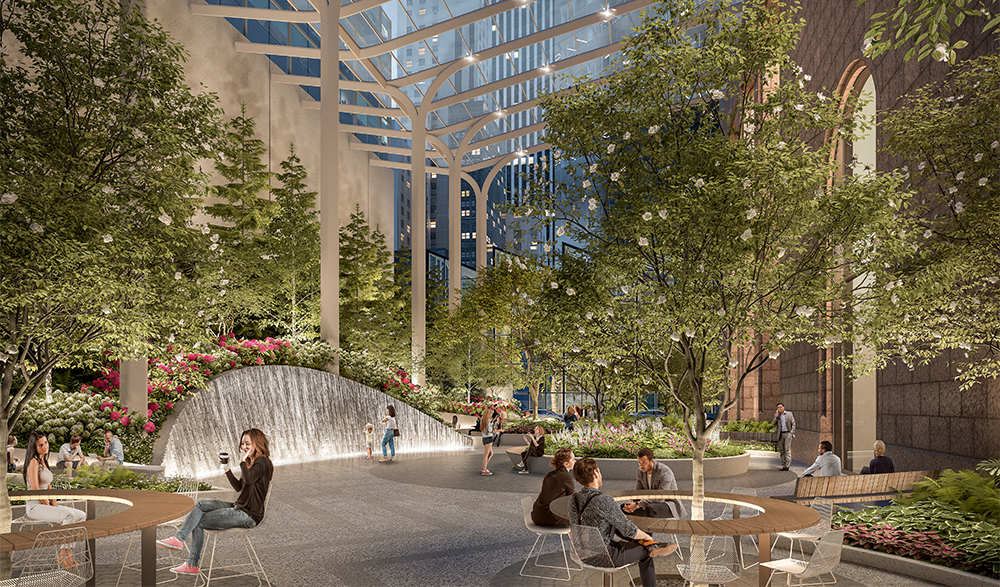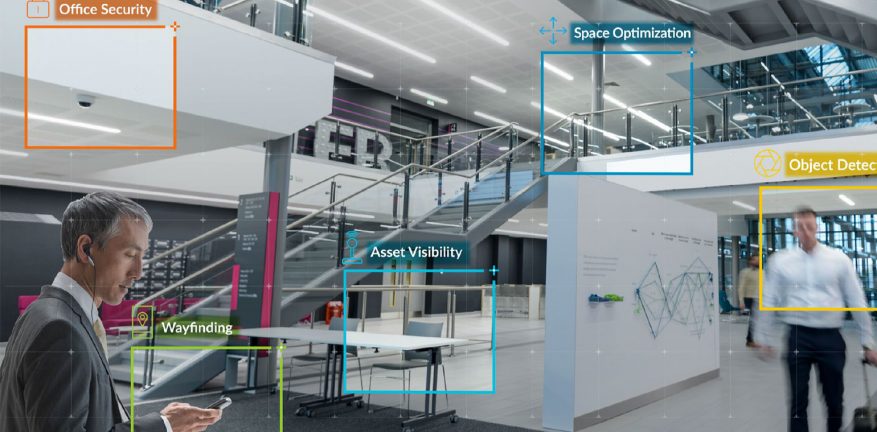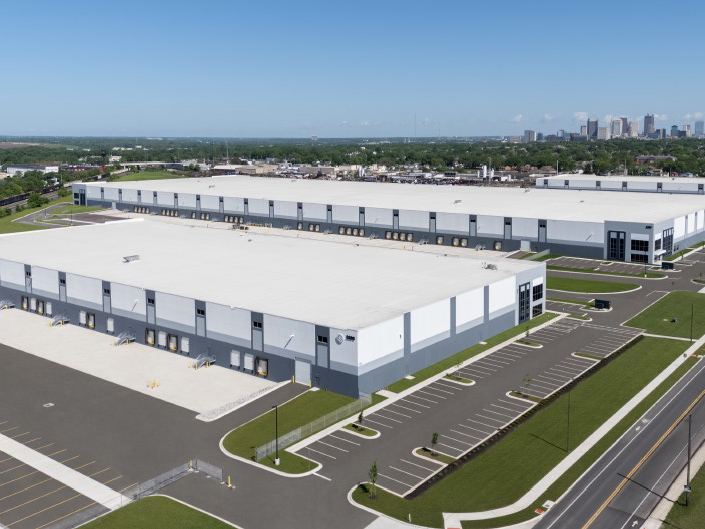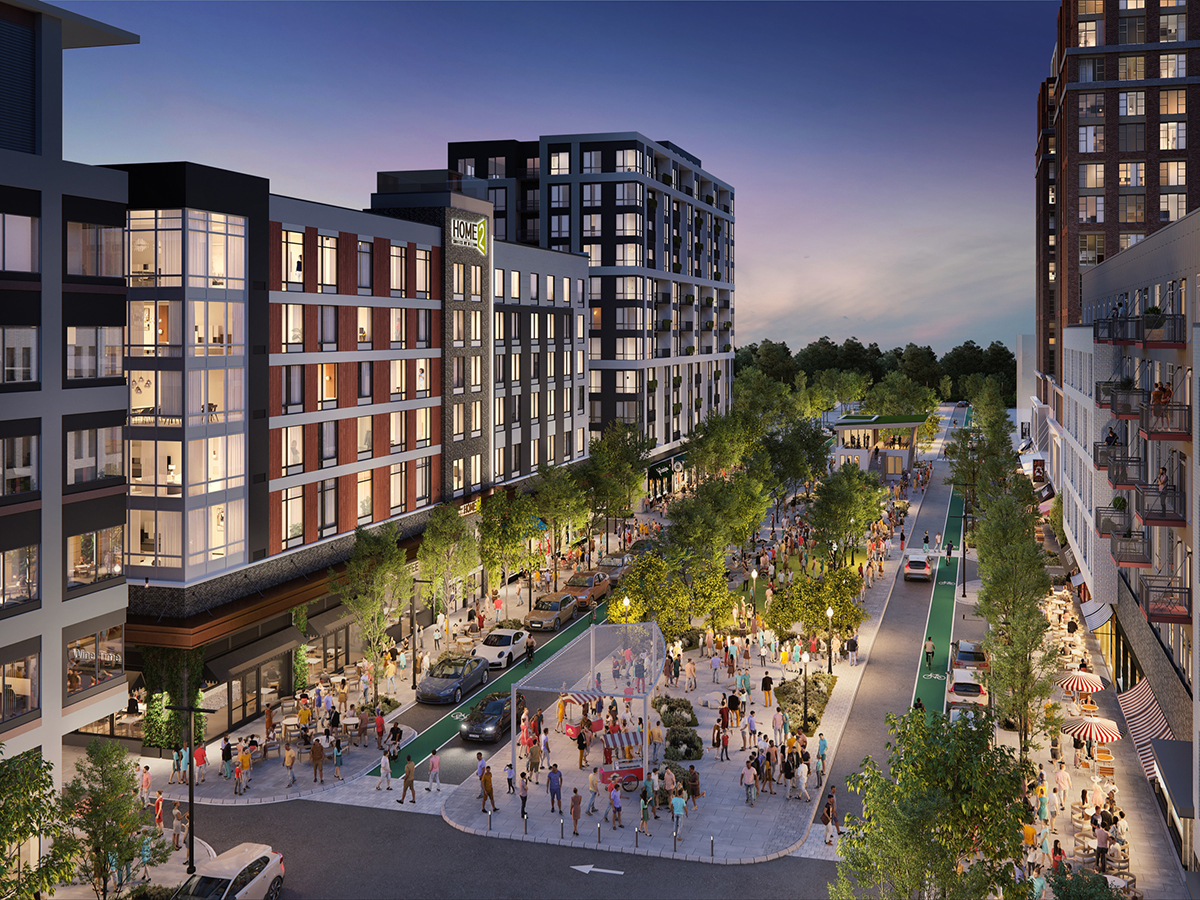Smart Tech Steps Up for the Post-COVID-19 Office
Safety and security take the spotlight as office property operators strive to meet unprecedented challenges with innovative solutions.
Smart technology in the office sector has grown from a buzzword to a formidable force over the past few years. Conferences devoted to real estate property technology draw thousands of attendees in both the office and multifamily sectors. Major firms like JLL, Cushman & Wakefield and Camber Creek have invested millions in the proptech sphere, as owners look for the latest high-tech features to draw major tenants and meet the demands of major tech firms.
Now, in a world stunned by the COVID-19 outbreak, smart tech will become more important than ever to office owners and occupiers. Safety and security, already at the top of the priority list, will command an even brighter spotlight as workplaces reopen and occupants reassess how to configure their employees.
Office tenants want the latest technology more than ever. A recent survey conducted by Kingsley Associates before the outbreak took hold in the U.S. found that office workers were most interested in telecommunication upgrades and more automation for functions like service requests and reserving conference rooms.
Two concurrent developments have taken shape over the last couple of years, said IREM President Cheryl Gray: the real estate industry’s accelerated adoption of proptech before the pandemic, and an emphasis on building wellness and environmental, social and governance issues.
“There’s tremendous effort by the property management community right now to invest more in technology,” said Gray. She pointed to touchless features like proximity readers, which allow workers to enter without touching anything.
In some cases, that means using a cellphone to open doors, whether it’s to the building entrance, an elevator or a restroom. “There’s a heightened awareness about why these things are important versus what we thought a year ago,” said Gray. “Now, the touchless, regardless of what it is, will be important in all (areas).”
Rewriting the Playbook
The changes to office operations that followed the 9/11 terrorist attacks nearly two decades ago offer a useful parallel to the heightened focus on safety and security brought about by COVID-19. Today, as cities and states slowly reopen, owners and operators are taking a hard look at their playbooks and retooling their properties, whether it’s building access, touch points or density. In all these areas, answers can be found in smart tech.
Accesso Partners has been getting “a ton of calls” from building owners asking about touchless entry, reports Brian Rosen, the firm’s chief investment officer. Most newer office buildings already have the feature, but upgrading older buildings could be costly.
“Given the fact that owners are questioning whether tenants will pay rent, capital improvements are probably not … top of mind right now,” said Grayson Gill, CBRE’s chief operating officer for property management in the Americas.
Whether smart tech is pricey or not, get ready to see more of it, advises Colliers Real Estate Management Services President Karen Whitt. “The problem is, people will want it, but owners will have to look at no-cost or low-cost solutions for these issues,” she said.
Whitt cited several examples, such as a self-cleaning door handle that uses crystals to prevent it from transmitting germs. Developed by NanoSeptic, the product lasts six months and costs less than $10 per door. Another promising item is Microshield 360, a coating that is sprayed onto a surface and lasts through 20 hard scrubbings. The product is undergoing research for potential anti-coronavirus application.
Gray suggested a less-is-more approach: limiting the use of smart technology to areas that need it most. “We’re not going to see 100 percent occupancy. Pick a high-traffic area and apply tech in that location, rather than (everywhere).”
Also of note, the number of employees in an office will most likely shrink significantly in most places. In addition to office protocols crafted by tenants themselves, office density reduction requirements are also forthcoming from state and local governments. There’s smart tech for that, too.
Space Analytics
Occupancy awareness sensors are expected to be widely used in offices to track the movement of employees, a trend that will give tenants a clear picture of which spaces are used the most and least. These Internet of Things devices provide data that can help office users reconfigure their offices, boost efficiency and comply with social distancing guidelines. “It will help us in the future where we may find in working with tenants that they will want to understand how space is utilized,” said Gray.
One Midtown Manhattan office building could provide a model for the post-COVID world. At 550 Madison, a 37-story tower formerly known as the Sony Building, the Olayan Group is taking things to the next level. The firm purchased the 36-year-old property in 2016 with plans to redevelop it into a state-of-the-art showcase for health and wellness.
“Someone asked if we made all these changes since (the coronavirus outbreak) happened,” Olayan America Head of Real Estate Erik Horvat told Multi-Housing News. “The answer is no. Luckily we were ahead of the game, and (550 Madison) will be one of the first buildings like this to deliver to the market.”
His firm’s vision was of an uber-green building—they are targeting LEED Platinum and WELL certifications—with a focus on hospitality. In the building’s expansive lobby, which is being designed by Gensler, workers will have a seamlessly touchless experience. Entry turnstiles will be card-activated and elevators will have destination dispatch, a feature that calls elevators for tenants and sends them to their office floors.
The property will also have an HVAC system with hospital grade filtration, something Horvat thinks “will really matter to people.”
Besides the accelerated use of smart tech, one of COVID-19’s biggest influences is a greater importance placed on occupant wellness, a trend which is unlikely to go away anytime soon.
“There’s always something driving us to improve the built environment,” Gray said. “To me, this isn’t the flavor of the month.”













You must be logged in to post a comment.